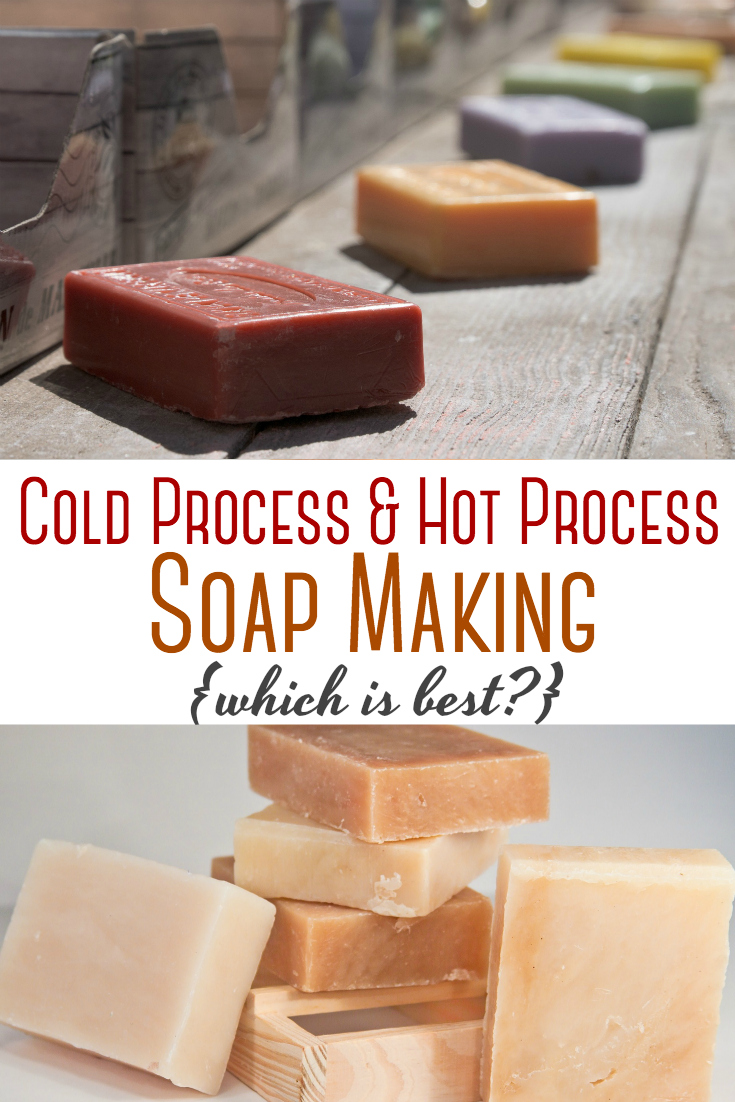
Last summer I opened up my freezer to a full shelf and drawer of frozen breast milk ~ though I was breastfeeding my 5th child still at that time, up until then I had been breastfeeding and pumping my extra milk to freeze and have on hand in case something happened.
I got to a point where I really wanted to use some of it to make homemade soap (with lye) and so I ventured to do just that. After a few batches, I had extra milk from our local raw dairy and started making more soap with that excess… and before you know it, I had 600+ bars of soap curing in my home.
I’d be hard pressed to say I wasn’t having fun with this little hobby, and as an end result, started selling soap to family and friends who were looking for natural ways to take care of their family without the harsh chemicals in commercial beauty products.
One of the biggest questions I faced from people during this process was not just how to make homemade soap, but “what is the difference between cold and hot process soap?”
I love making my own soap, smelling soaps at craft and vendor fairs and gifting soap to family and friends. My husband didn’t understand why the passion for soapmaking, and often times asked “who wants to buy homemade soap when you can buy in store?”
My answer was easy: Because I LOVE making my own soap.. it’s fun and I prefer to do it myself.
Those of us who make our own cold process soap do so for many reasons:
- It’s empowering – to be able to transform simple ingredients into a work of art.
- It’s fulfilling, to know that you have mastered a craft that can benefit your family.
- To move away from the chemicals you find in commercial soaps sold in store and make a soap that’s free of synthetic ingredients and better for your skin.
There are four types of soap making for bar soaps – hot process, cold process, melt and pour, and milling.
One of the most common questions is “What is the difference between cold and hot process soap making?”
While they have their differences, cold and hot process are similar in 3 different areas:
- Both require that you prepare a lye solution (which means dissolving NaOH or KOH beads/flakes in distilled water). In some cases, milk, tea and fruit juices can be used.
- Both require that the oils are prepared – which includes melting fats and mixing them with liquid oils.
- Both require that the lye and the oils are combined and at that time, the emulsion takes place.
- With that aside, each has their own technique, and that is where the differences come in:
Cold Process Soap
Cold process, just like hot process soap, is made with oils and lye. You combine the lye with the water (milk, tea, or even fruit juice) and in a separate container, combine the oils – when the temperature of each (oils & lye liquid) when they are within 10-15 degrees of each other. Once you combine, you use an immersion/stick blender to bring the mixture to trace, and pour into your mold.
- Your essential oils or fragrances (if used) are added to the soap during trace – which happens after you mix the oils and lye, and use your immersion blender to combine.
- Cold process soap goes through gel phase, or sometimes avoids gel phase (if you are making a milk soap or a soap with a high sugar content). That saponification happens over the next 24-48 hours.
- Soap heats from the inside out.
- Cold process soap is insulated during the gel or non-gel phase (non-gel phase would be putting in the freezer or fridge to prevent the sugars from heating up too much).
- Cold process gives you more flexibility to do swirls and embeds, designs within the soap batter before you pour into the mold.
- Cold process soap batter is much thinner when it is poured into the mold, and the mold is usually insulated.
- Soap made through the cold process method will appear to look more shiny and polished, versus hot process soap, which tends to look more rustic.
The disadvantage of cold process soap is that once poured into the mold, it takes anywhere from 24-48 hours for that saponification process to occur. The soap is then removed from the mold, sliced into bars and cures for 4-6 weeks.
The longer the cure time, the harder the bar, as the water/liquid within the soap has an opportunity to evaporate.
Hot Process Soap
Similar to cold process soap, hot process soap is also made with oils and lye – but instead of stick blending until it hits trace (a thick batter) and being poured into a mold, it is mixed and heated in the slow cooker, somewhere between 140 degrees F and 176 degrees F. That slow cooker helps that batter go through saponification until the soap reaches gel phase (1-2 hours).
- Unlike cold process soap, the essential oils or fragrance/additives are added after gel phase.
- Hot process soap batter is thick and lumpy, and is poured into the soap mold after saponification has finished. From there it hardens into a bar.
- Hot process soap has a rustic appearance – it doesn’t look as polished and finished as cold process soap.
- It is difficult to do swirls and designs in hot process soap – although it’s not impossible per-se, it’s a challenge.
- Cold process soap heats from the inside out, while hot process soap heats from the outside in.
- Unlike cold process soap, that lasts for 4-6 weeks, hot process soap can be used immediately after it hardens. However, by giving it a week or so, the bar can harden up considerably and allow an opportunity for the water to evaporate and will make a harder, longer-lasting bar.
There are many advantages of hot process, one being the shortened cure time (you can use it almost immediately after they have hardened) but many avoid hot process because the look isn’t as clean and polished as cold process soaps.
Many people have said though that the scents tend to last longer in hot process since they are added after saponification – that chemical reaction between the lye and oils can sometimes have a difference on the scent you wish to use.
All in all, there are lots of pros and cons with both – and neither is better than the other. In the end, it’s truly a matter of personal preference.
If you make soap, which type do you prefer – hot or cold process?
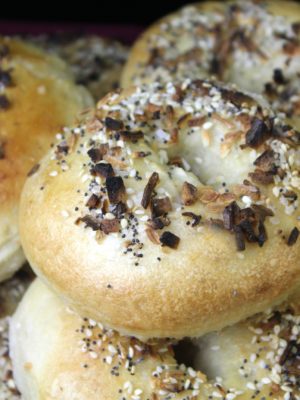
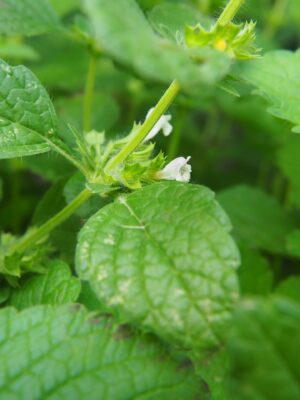
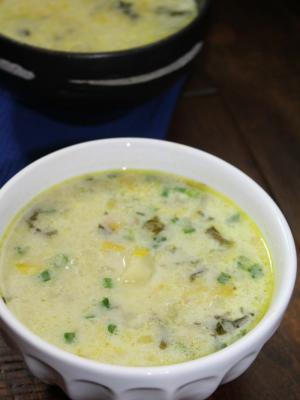
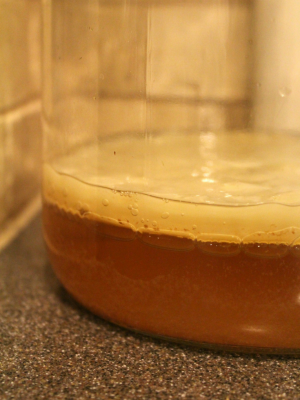
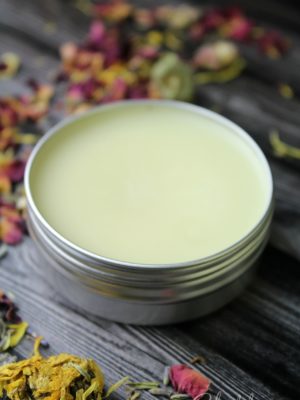
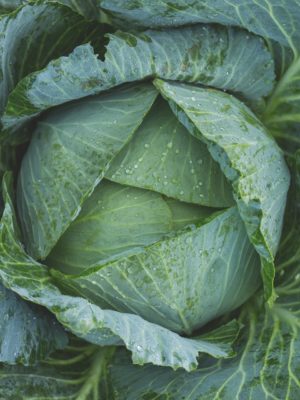
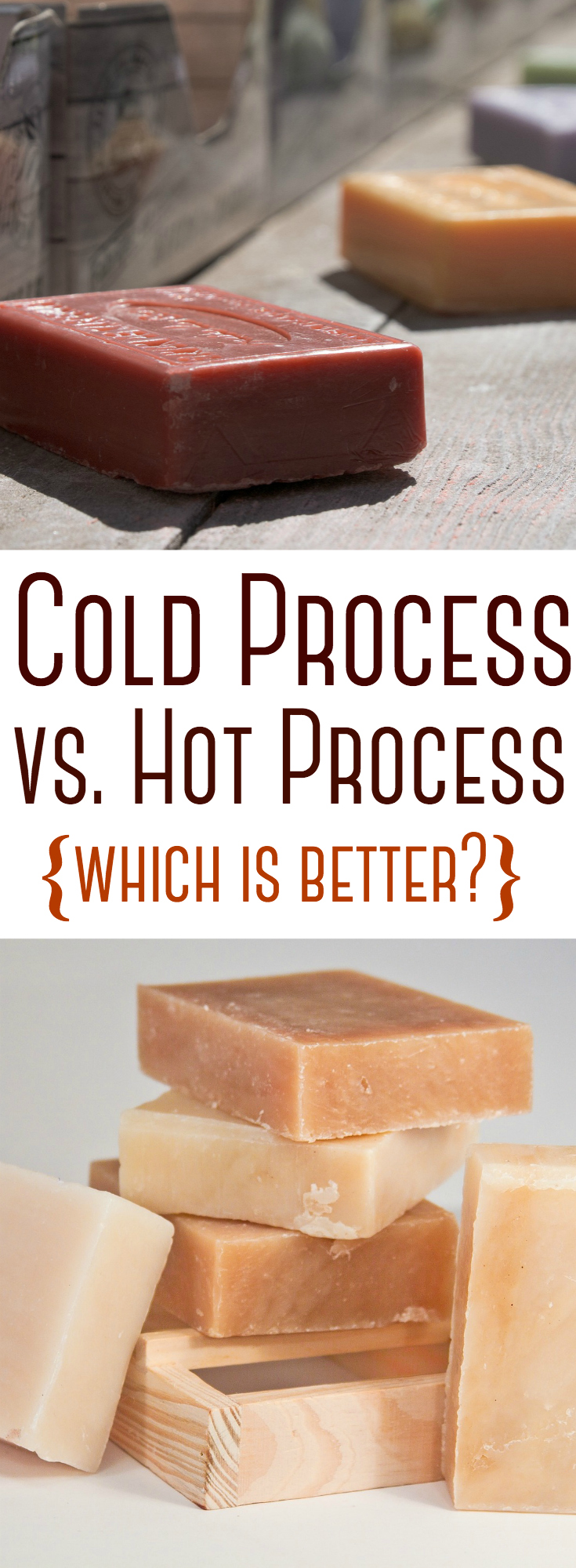

Hi Sheryl! I’m curious about how they behave as solid shampoos, I’m using a hot-process shampoo and I’m feeling my hair a little bit odd, kinda greasy… Have you tested both?
I haven’t ever tried hot process as a shampoo. Cold process… yes. Now it took me a LONG time to get the right recipe down for a CP shampoo bar though.. I just made CP shampoo bars a few weeks ago with Apple Cider Vinegar, Beer, and Rosemary, and a very odd concoction of oils with a low superfat (3%) and tested for 4 weeks before selling.
Usually they can take 2-3 weeks to work, your hair will go through an oily period as your scalp adjusts… but after that it was smooth sailing. I wash my hair every 3-4 days now (I know it sounds gross but it’s not). My hair is halfway down my back and very thin. My oldest daughter is 13 with coarse, curly hair and she washes hers with this same bar every 3 days. We use an ACV rinse once a week otherwise no rinse at all.
So no.. I haven’t tried HP as a shampoo bar yet. .Only as a body bar! I quite prefer CP soap though. Not sure why, but to me they seem like they last longer because they have had time to cure for a few weeks..
I am new to cold pressing soap. I am looking to do something with coconut oil or grape seed oil, lime, and verbena. Is there any way you could do a video for us on cold pressing soap? I’m a huge visual learner!
Soap has a pH that is far too high for hair – it will eventually make it fall out. Leading up to that, it will feel dry like straw and be tangled. Formulate a proper Sydney bar to protect your hair and scalp!
do you have a recipe/link for a sidney bar formula?
Hello Shelby ,
I’m new to soap making and have tons of question ? First question is when making glycerin soap can I use Liquid vegetable glycerin ? I tried making a hot process soap and it’s still hasn’t harden 8 hours of making the batch ? I’m not sure if not adding enough glycerin or if not using the correct kind or putting enough ingredients in it ? Does It require a lot of oil ? I use half a bottle of a 16 oz? And added to table spoon of oil and added the other ingredients ? Should I put the soap in the freezer to harden ?
Hi Rashad,
You can use liquid vegetable glycerin in lieu of water in cold process soap recipes… but it tends to heat up very quickly and get incredibly hot and for that you’ll need to put the soap in the freezer. I haven’t made hot process with glycerin — did you use a lye calculator? If you are using in lieu of water in your soap recipes, I’d start small and use a little at a time. I would probably avoid using completely glycerin in place of water just because it can get super hot.
I never heard of a lye calculator does that calculate the Ingredients such as how much glycerin to use , carrier oils , etc? And do I have to use lye ? I’m kinda of nervous due to it being a dangerous product if not handled properly .
Yes — you have to use lye in order to make cold process soap or hot process soap. Without lye you don’t have soap — so it’s pretty much 100% needed.
Don’t be worried about it though.. I use it all the time. Just make sure you use a well ventilated area, and wear long gloves and eye protection. I measure mine on the counter. Then I slowly add it to my liquid (slowly!) in the sink, with the window open behind my sink to remedy the fumes. Once it mixes with the liquid, I allow it to sit for 30-45 minutes to cool (because it will be very “hot”).
Google “Lye Calculator” – you should find one on the Brambleberry website (that’s the one I use). The lye calculator will help you determine how much lye to use based on the amount of oils, butters and fats in your soap. You can always ask for help, I’ll try to respond as fast as I can.
I made cold process soap for the first time . If the recipe says add 2.0 lye and I added 2.2 . Will it be ok to still make the soap ? Sometimes mistakes happen where you add a little too much ?
Hi Aimee – the higher the lye, the lower the superfat on the bar, so it might not be as moisturizing and it could be a little more drying than you’d like. It’s best to try to be as accurate as you can, if you think you may have a bar that’s too drying, you can always keep it back for laundry soap as well.
Hi. I’m new to soap making and I’m kinda struggling. My cp looks great. Like a thin custard. Then I add my fragrance and it turns to ricotta cheese! What am I doing wrongly? I end up tossing it into the crock pot. So I don’t end up with the beautiful, colorful soaps I’m hoping for…
Any advice?
Hi Christian. I haven’t ever used fragrance, just essential oils – but I know that some fragrances don’t always play well with soap — some may cause soap to accelerate (in temp) at trace. I would try to read the reviews of fragrance oils to see how they perform before buying them (some might not perform well at all). Some fragrances may bind with the hard fats and cause your batter to rice when mixing (separate). Instead of adding the fragrance oil at trace, you can (instead) add the fragrance oil to the warmed oils before adding the lye — and stirring well. Then gently add the lye and see if that’s a better workaround. I hope you have better success — don’t get discouraged though! I remember having problems when I first started as well. Things get better with time and trial/error. Don’t let it get you down 😉
how can I prevent my soap from reducing in size
Your soap will reduce in size (a few ounces!) as the liquid evaporates over the curing period.
Can fruit juice take the place of pure water to prepare the lye solution? Thanks.
AL – it sure can! It might help to freeze the juice (especially if it has a high sugar content) because a high sugar content will cause the solution (lye + juice) to heat up considerably. So freezing in an ice cube tray and then adding the lye helps keeps the temps low.
When I make prickly pear soap, I actually freeze the prickly pears once I juice them. Otherwise it takes a while for the lye solution to cool to room temperature before you add your fats/oils.
Hi Sheryl, we have been making cold process soaps with good results but are wanting to try hot process for the time saving aspects. Are we able to use the same recipe for our cold process soap with the hot process method or do changes need to be made? Thanks!
You sure can use the same recipe. The only thing that differs is that you will add the essential oils after the soap ‘cooks’ in the slow cooker. Try not to walk away from the slow cooker as the soap batter cooks… I’ve done it and it is a huge mess. It will volcano so quickly.
I am new to soap making by the noodles base can you please tell the % amount of ingredients mix and how it mix so that there is no crack in soap. ingredient such as soap noodle ,gylcrin, soap color and perfume.
please reply
Hello Sheryl,
Awesome information for soap making. Can you Put on some light on melt and pour process? and advise the pros and cons for the same
I would but I’m not too knowledgeable on the melt and pour process. I haven’t done melt and pour much.. maybe once or twice. I prefer cold process soapmaking over melt and pour (personally). I’m so sorry!
Melt and pour is a good beginner but It won’t give you swirls or designs as easily. I use M&P to make embeds to add to my CP soaps but it’s much more satisfying to do CP soaps in my opinion.
Melt and pour tips:
If microwaving your soap, do it at 10 second intervals and stir between each. If not, it’ll volcano FAST and leave a mess.
Try not to Melt it more than once, because your soap will “sweat” and leave it slippery and messy.
Other than that it’s pretty simple. You Melt your soap base down, add your colorant and fragrance and then put it into a mold for a few hours until it’s cooled and hardened.
hello i’m curious about the curing time for the cold process,i was wondering is there any way to speed up the process to evaporate the water.
Here in Arizona, my bars seem to cure faster but I think that’s because our weather is quite dry. I would not try to speed up the process, but if you want a harder bar from the get go, try using less olive oil and more tallow or lard. Those are harder and the bars will cure quite a bit faster.
If you aren’t up for waiting 3-4 weeks for cold process soap to cure, you might want to look into hot process… I haven’t done too much hot process, but in a pinch, I will make hot process because those bars I allow to cure for days versus weeks.
I really appreciate you for publishing this blog here about cold process vs. hot process; it’s really a helpful and very useful for us. This is really appreciated that you have presented this data over here, I love all the information shared. Great article!
I so appreciate you for your time to share this on this platform… I will try the hot process soon,in case of any challenges I will sort for your help. Thanks
Hi Sheryl,
I make cold press soap and I cut it into bars after 24 hours, but the bars crack and crumble into pieces. Do you know why this is and can I reheat and add the crumbled pieces to my next batch so I don’t waste it? Also, how do I know if my soap is cured at 4 weeks.
Hey Kelly. I also make cold process as well – and I remember having a few batches that way over the last few years.
I have heard that soap can crack and crumble when they are lye heavy, or when you soap at too low of a temp. I would do a zap test or pH test to check the lye just to see if it’s lye heavy.. if it is lye heavy, you can definitely re-batch and add extra water (just google Soap Queen and re-batching soap). I have had to rewatch soap that I messed up (I hate having to do that though but I don’t want to waste!) Your soap should be cured after 4 weeks, unless it’s rather high in olive oil – then let it cure for longer. When I soap with a high percentage of tallow/lard, then I find that they cure much quicker (3 weeks) – but when I use a soap recipe with a higher percentage of olive oil, or make salt bars, then I usually let them cure longer because olive oil tends to make a softer bar. The environment you live in will also dictate much of that too – here in Arizona the air is dry so my bars tend to cure much quicker. But I have friends who make soap in other areas of the country (Oregon, Maine, etc) and they have a significant amount of humidity so their bars tend to take 4-5 weeks to cure, sometimes longer.
Hi, I would like to ask, apart from a bar soap to hadden when the lye is heavy, might also cause fading on the clothes?, thanks
Fading can happen when you wash in warm or hot water. (From my experience anyways). I wash all of my clothes on cold water, as much as I hate to… because it helps my darks keep their color better. You might want to try that… or add a cup of vinegar to the rinse cycle, that can help kind of lock in their color before they are done in the wash. Lye heavy soap won’t affect clothes though — so if you do have a batch of lye heavy soap, you should be able to use it in the laundry as laundry soap without it fading your clothing.
Sheryl. Thanks for all the great info on soap making. I am now going to try making soap. I watched a lot of videos on soap making. I even learned to use Soap Calc.to make my own recipe, but I was confused about cold process VS hot process. I plan to try both for the different benefits. Thanks again.
You are welcome, Elna. I have done both.. but I prefer cold process. I think it’s because I have done it more … Hot Process is easier when you have less distractions. I have 5 kids so its hard to focus on what’s in a crock pot when they are fighting and tearing things up. Let me know how it goes for you, I’m always here if you have questions!
Hi Sheryl,
I loved the information so carefully and generously given here on this site. I am planning to make my first batch of soap and your help is much appreciated.
Bless you.
Shani, I am so glad. Let me know how your soap turns out!
Hi Sheryl,
Can you use all lard or tallow instead of mixing with liquid oils?
-Julie
You definitely can.. I have not done a soap with 100% lard or 100% tallow though. Your oil/fat composition will determine what kind of lather, sustainability (length of the soap), and ability to cleanse/moisturize… so that’s something you’ll probably want to play around with. I once made a soap that was 75% tallow and 25% “other” oils (castor, small amount of coconut) and that was the most gentle soap I have ever made, and the bar lasted a long, long time. At the time, I had tallow and lard I had rendered so my goal was soap with high percentages of either. I have a favorite soap recipe though that I always lean on and if I do deviate from it, it’s not much – but my go-to recipe includes lard or tallow, castor, avocado, olive, rice bran and coconut. If you do change out the oils, you’ll want to run the batch through a lye calculator to ensure you have the correct amount of lye.
You are just wonderful. God’s gifts 🙏
Woow thanks sheryl for this article, this what I was looking for but I was scared to start since am new, my worry is the lye how to measure it, because some part of me thinks maybe too much may cause skin irritation or something, kindly advise
Always wear gloves when using lye because even just a bit will burn your hands!
I buy lye 100 lbs at a time since I make soap for my Etsy shop. But when I started, I bought 2 lbs at a time. I measure it with a scale that’s dedicated to soap making only, and a glass dish. I use a measuring cup to measure the lye on the scale. I set it to the back of the counter away from little hands. I allow the liquid to cool to room temp before adding the lye to it (as the lye will heat up the liquid very hot!) and then I push that lye + liquid combo to the rear of the counter until it cools down to 95-100 degrees F. If you have any questions, just reach out. I’ll help! rebootedmom@gmail.com 🙂 Good luck!
Hey Sheryl
Could you please elaborate on the ratio of Lye to oil and probably how would you know the amount of fragrance and dye that would not be exegerated or not sufficient for that matter in either processes ?
Absolutely – you’ll want to follow a lye calculator. You can find one on Brambleberry’s website –
https://www.brambleberry.com/calculator?calcType=lye#
Plug your soap recipe into the lye calculator and it will calculate your amount of lye for you based on the oils that you want to use. A loaf mold is approx. 48 ounce, so your lye is typically between 4-5 oz, and liquid between 10-12 oz.
That same site, Brambleberry, has a fragrance calculator that you can plug in the fragrance and it will tell you what measurement to use based on the number of oz of soap you are making.